31 May, 2018
Going to Great Lengths
Prior preparation prevents poor performance. It’s the motto that often repeats in Dean Stott’s mind — a pragmatic, if not systematic, clause of wisdom reinforced by a career in the British Special Forces. It’s a strategic formula that guides every one of Dean’s actions, from the day-to-day to the extraordinary, giving him a framework in which to succeed. His latest accomplishment? Cycling the length of the Americas on the Pan-American Highway, from the southerly tip of Ushuaia, Argentina to the northerly alcove of Prudhoe Bay, Alaska — and shattering two Guinness World Records in the process.
Motivated by his friend and former military colleague, Prince Harry, Duke of Sussex, Dean schemed the 14,000-mile route in support of Heads Together, a UK mental health organization started by the royal family. His minimal cycling experience did little to hold him back from realizing and pursuing the scale of this challenge. But with a small support team and two cameras to document the trip, he set the records for both the fastest cycling journey up the length of South America (48 days, 54 minutes) and the entirety of the Pan-American Highway (99 days, 12 hours, 56 minutes), 17 days faster than the previous record.
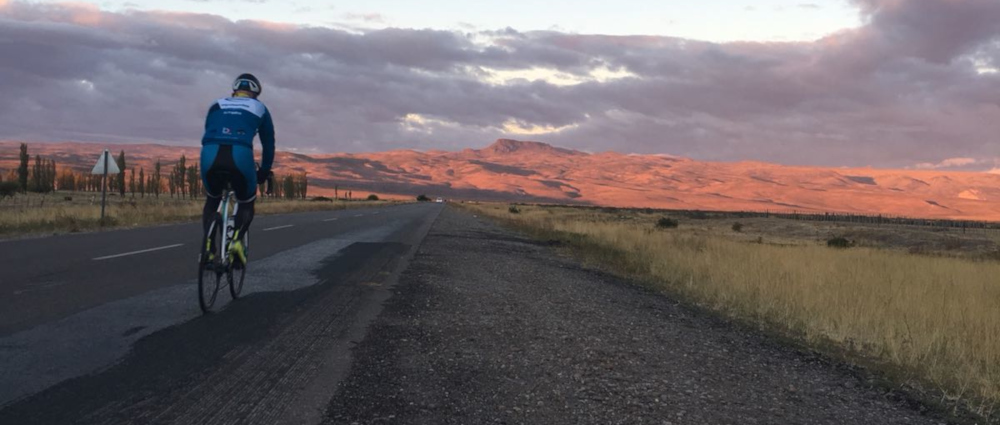 |
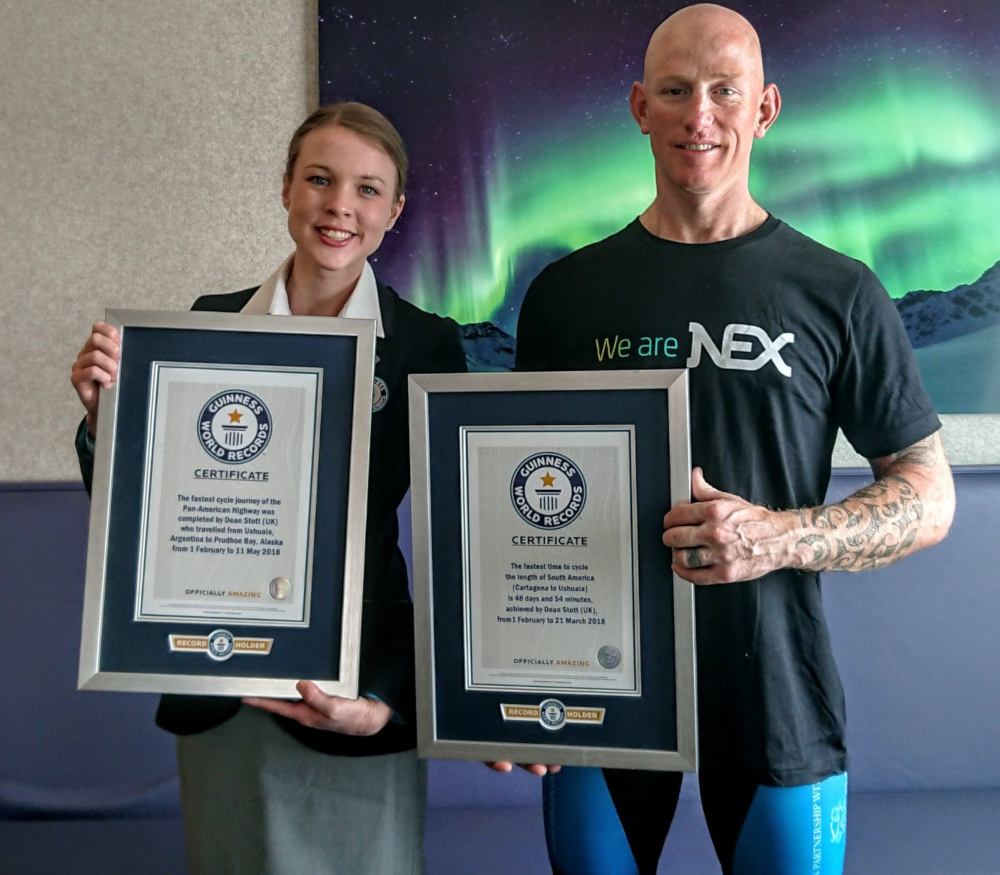 |
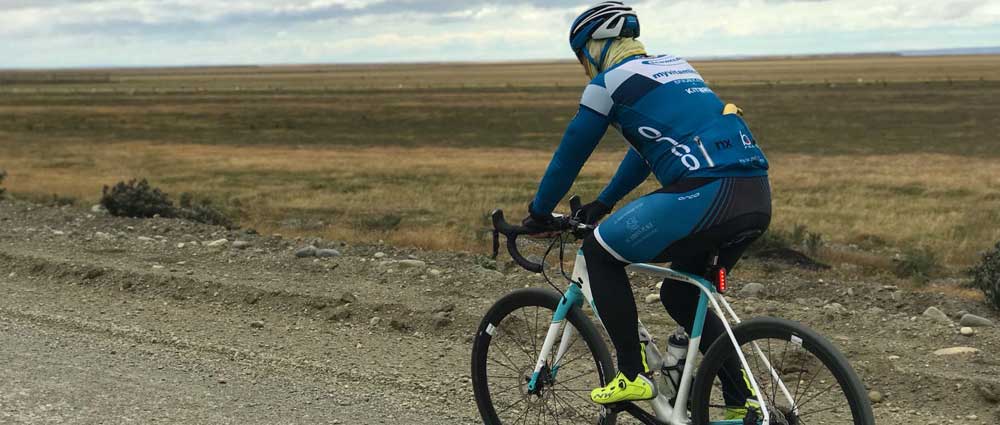 |
We caught up with Dean Stott just days after attending Prince Harry’s wedding and still fresh from his record-breaking challenge. Reeling in the buzz and blitz of his cycling success, we asked him to reflect on the essential pieces of the trip that prepared him to tackle the whole.
Why did you pick cycling to champion this cause?
After my knee injury [as a paratrooper in the Special Forces], I had gone from the top of my game to not even able to run 50 meters. I didn’t realize that I was depressed. When I found cycling, it was a release. I improved my confidence and mentality and it wasn’t having an effect on my knee. I am driven by the unrelenting pursuit of excellence, and I took that mindset to cycling and to this challenge.
What was your reason for collaborating with Heads Together?
There was a lot of talk about mental health in and around Parliament at the time. Kate [Middleton, Duchess of Cambridge] is a new mom, and works with women suffering from postpartum depression. [Prince] William [Duke of Cambridge] was an air ambulance pilot and was shocked by the amount of suicides he had to attend. [Prince] Harry [Duke of Sussex], having served in two tours in Afghanistan, has come across many military issues. Between the three of them, they’ve seen a variety of mental health issues. When I messaged Harry in May 2016 about my latest challenge, he asked if I’d do it on behalf of this new campaign [Heads Together] they started.
How did you get aligned with Orbea and your other sponsors?
It was really difficult as a non-cyclist to approach cycling brands with a challenge like this. Orbea was passionate about the campaign and they took a risk where others didn’t. When I first came up with the concept two years ago, it was the Heads Together campaign that sponsors were attracted to, but there was another story to it: that it’s never too late to start a new sport. It’s the legs and the mind that are the engine for success.
What was the start of your trip like?
When I arrived in Argentina, it was the winds I was concerned about — not the hills. Most of Patagonia is flat, open land, and the wind was blowing straight across. It was relentless. I thought I’d have a tailwind, which is why I started in Ushuaia instead of Alaska, but that wasn’t the case. I was dealing with 40-knot crosswinds for the first seven days and was 39 miles off my target. But once I got past that, I knew I’d get a tailwind in Peru. That’s how I met my target and made up time for the first record, by getting a tailwind for 2500 kilometers.
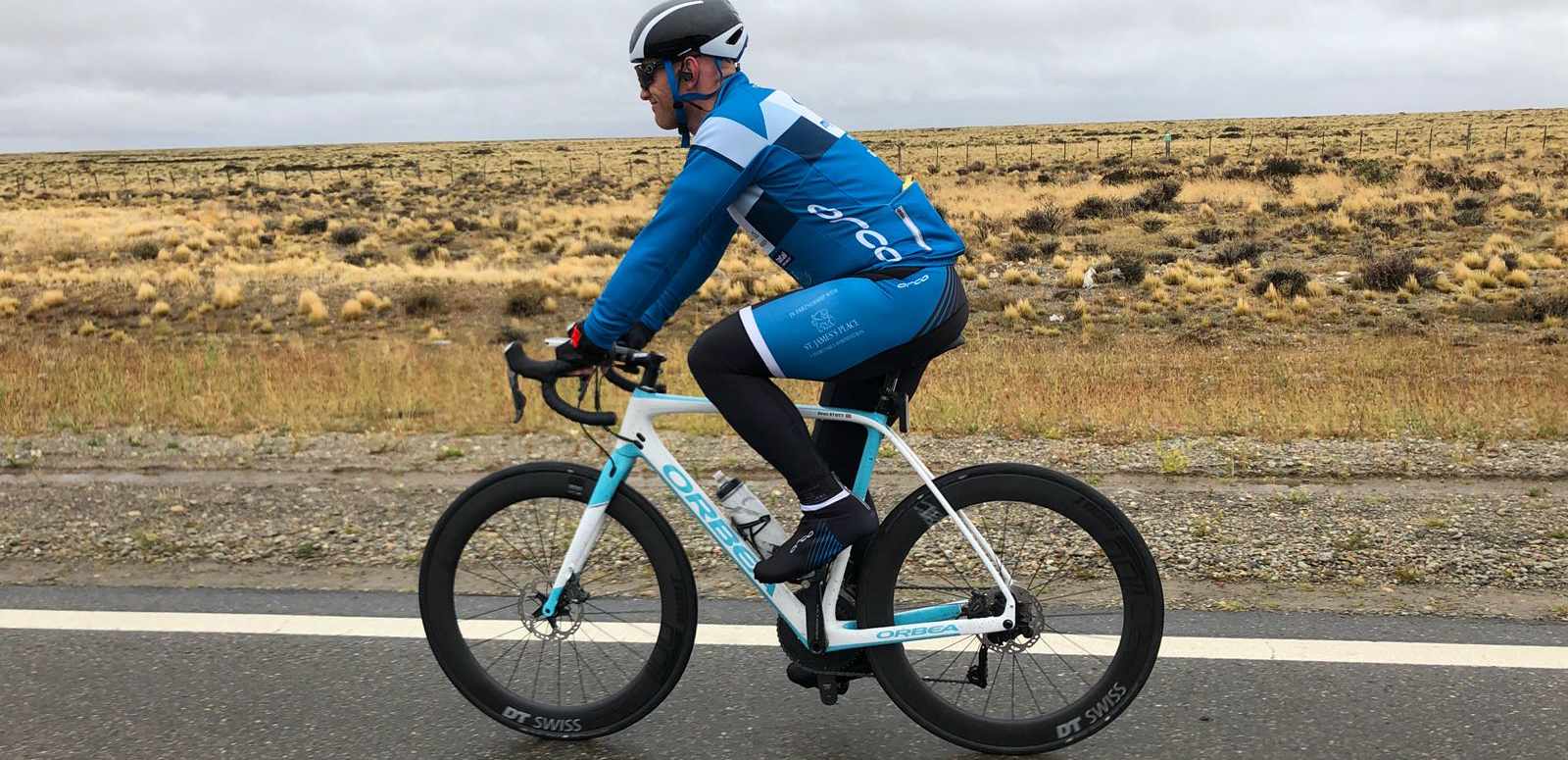
Did you find yourself in a challenging headspace? Did you ever feel like you wanted to quit?
Because of my background in the military, I knew I was mentally and physically strong. My biggest worry was any third-party interference to hinder me. I didn’t expect the challenges to hit me from day one. The first week was a difficult time. I’m objective-driven and like to be ahead of the curve. I didn’t go into any dark places, but there were some hard days due to weather and events I missed with my family.
What kept you motivated to tackle such a huge ride?
I didn’t look at the challenge itself. I broke it down into stages, day by day. Four legs a day, averaging two-and-a-half hours on a bike at a time. It was the maximum I’d get before I’d get bored. Before I knew it, I’d done day one, day two, then a whole country. At one point, getting less than 150 miles was a bad day. I saw it as a game of chess with Mother Nature. That’s how I approached it. I didn’t think it was a massive thing. But for an outsider looking in, it’s a huge deal.
Did you connect with many people along the route and talk about mental health?
Because I’m doing this for a mental health campaign, people think I’m a mental health expert. I’m not. I’m just a cyclist. That’s why we have a resource page on the website that connects people with experts. But we’d meet people on the road and they’d tell us personal stories. They saw us as a go-to for their stories. We didn’t feel like we had to answer their questions. They just wanted an ear, wanted to relate an open up. Communication is important in mental health.
What was the hardest challenge you encountered on your ride?
The wind was getting me down mentally. I knew there’d be mountains. They’d always be there. I knew how much climbing and descending to expect because of my GPS. I knew I’d pass through the driest deserts in the world. And I knew all those weather issues would be in South America. [The wind] was a nightmare in Ushuaia. But when I got to Texas, I never experienced wind like that in my life. As strong as 60 knots.
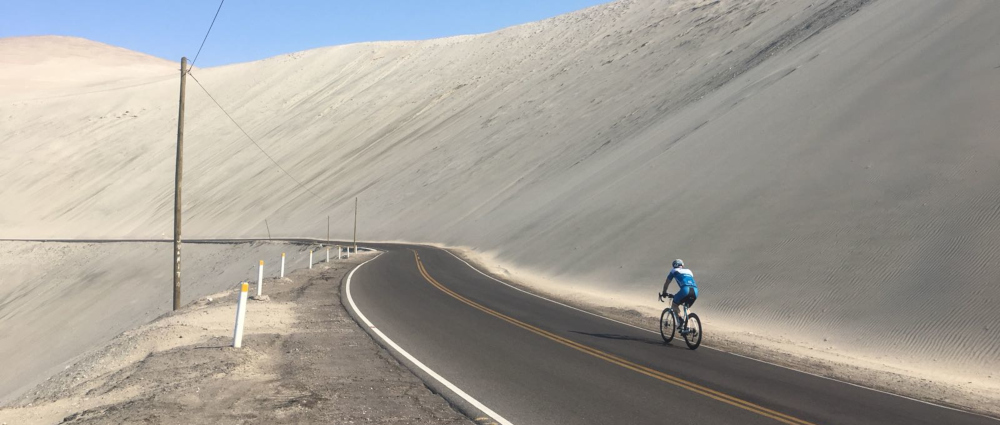 |
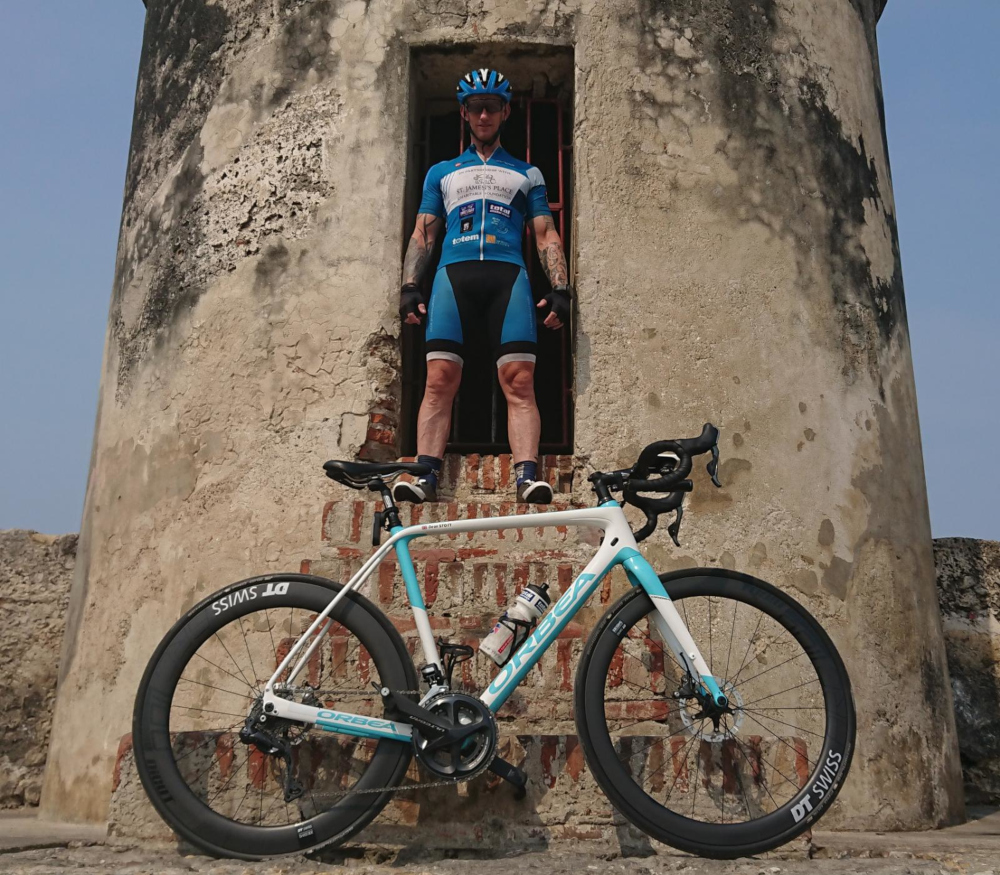 |
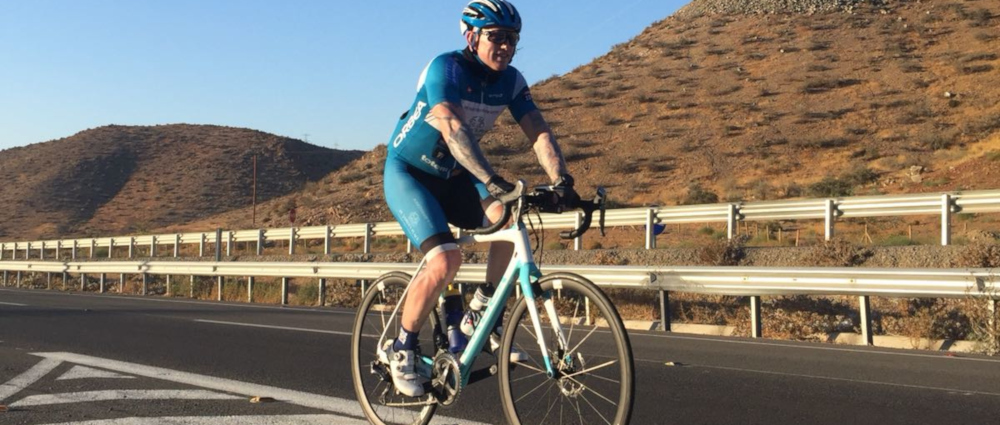 |
You also got a piece of news in Texas that affected the whole challenge. What happened?
My wife called with the invite to Prince Harry’s royal wedding, and I realized I had to be done by day 102 — eight days before my original goal. That messed with my head and put additional pressure on me. That’s when I had to start cycling through the night. That was lonely. Mentally very difficult. At least in the daytime, I was taking in the scenery. At night, I was pretty much looking at my Garmin and my speed. The state troopers and police would stop me all the time, thinking it was unusual to see a cyclist at 2 A.M. But traffic was reduced and the winds would subside.
Even accounting for the new itinerary, you had yet another schedule change that impacted your ride. What was that about?
When I got to Whitehorse, British Columbia, five days before Prudhoe Bay, Alaska, I knew I was coming in on 102 days. But then someone told me a German guy wanted to do [the Pan-American challenge] in 100 days later this year. Those moving objectives played with my head. My goals changed twice. But I think they came at the right time; if I knew about that from the start, I might have felt additional pressure.
You would have had to give up some rest rest days to make it to the royal wedding on time. Did you find that hard to do?
When we started, I never factored in rest days. I took four total days off, but they weren’t rest days. They were forced due to weather, purely through strong winds. I had no choice because, especially in Texas, I was getting nowhere. I’m very impatient. The clock was ticking from start to finish, and my mind doesn’t relax. I was twitching and needed to get back on the bike when I took a rest day. I’m glad I was forced off by the weather, but I wouldn’t have taken them on my own.
You had some cycling gear requirements to meet for the Guinness World Record titles. Can you elaborate?
You’re allowed only one frame, but you can change various parts like tires. On the Pan-American Highway, the road varies from smooth tarmacs to very rough gravel. The last highway on the challenge — 410 miles from Fairbanks, Alaska — is one of the roughest roads I’ve ever cycled on. The Terra had the clearance for road and gravel tires, which is why it was the perfect bike.
How did Prince Harry react to this whole challenge?
I kept him abreast of the challenge and where I was. Each time I entered a new country, I’d let him know how far ahead I was and would send him photos. He was over the moon. When I saw him at his wedding, he grabbed his beard — the media thought I had inside information about whether he was going to shave it or not — and he said, “You look skinny.”
What’s the current status of your fundraising?
We’re at £504,000 [as of May 21, 2018]. My target is £1 million, and the challenge isn’t finished until we hit that million. The final fundraising event will be on July 3 for the Wheels Down Ball, a black tie dinner where we’ll auction the bike and have various celebrities and A-listers. All the funds raised from this challenge will go toward eight different mental health charities under the Heads Together organization.
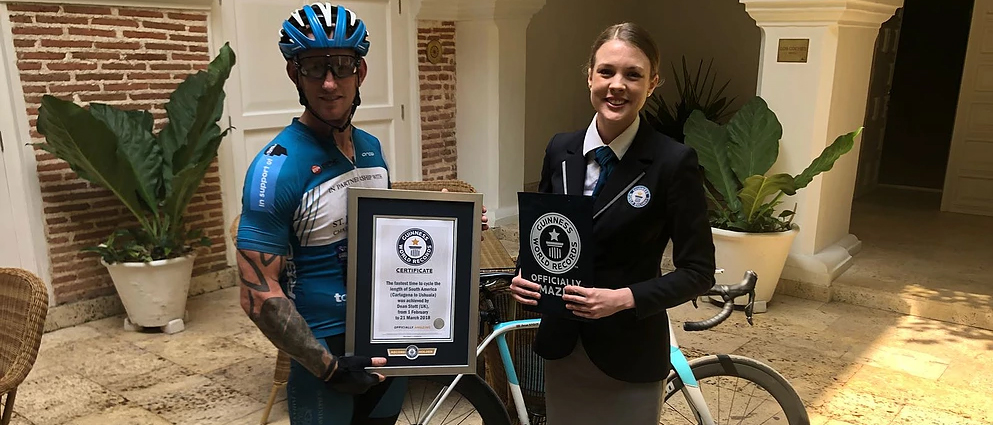 |
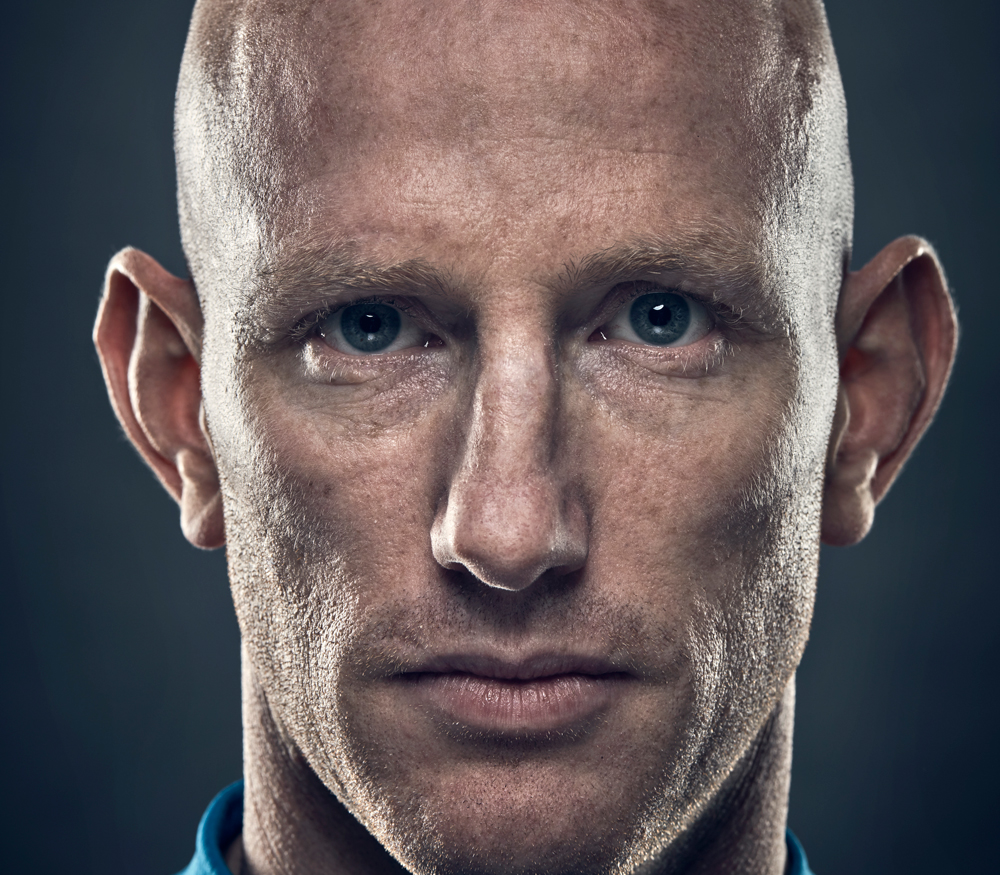 |
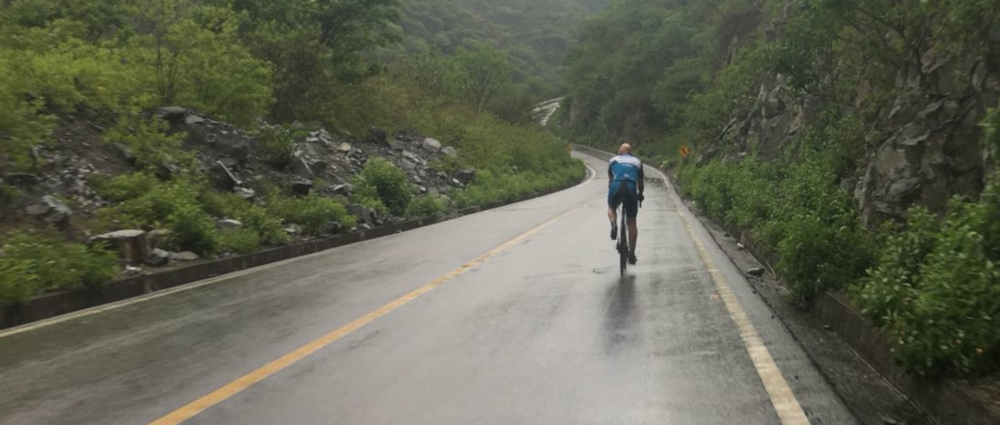 |